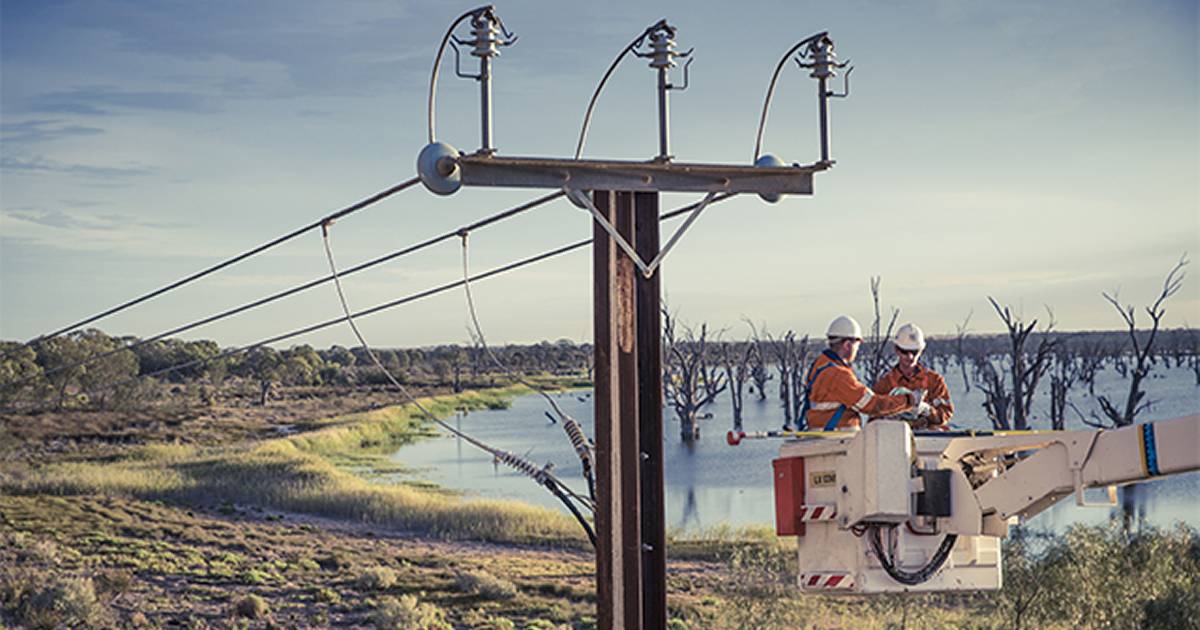
A draft decision by the Australian Energy Regulator would see a reduction in network distribution charges whacked on South Australians’ electricity bills next financial year.
South Australia’s Distributed Network Service Provider (DNSP) SA Power Networks (SAPN) had requested it be permitted to recoup $4,214.5 million from South Australian electricity customers for the 2020-25 period. However, the AER’s draft decision allows for $3,905.3 million – $309.2 million less.
“We have asked SA Power Networks to engage further with consumers on their concerns and provide us with more information to justify its expenditure proposals,” said AER Acting Chair Jim Cox.
Should SAPN not be able to prove its case and the AER’s draft decision implemented, residential customers will see a reduction of $63 in network distribution charges for FY 2020/21, while small businesses will pay $283 a year less. Past 20/21 and out to 2024/25, network charges would keep pace with inflation, meaning in 2025 they will still be $20 (residential) and $90 (small business) cheaper than the 2019 level according to the AER.
Currently, SAPN’s distribution network charges represent around 31 percent of total residential and 29 per cent of total small business retail electricity bills paid by South Australian electricity customers – so they make up a significant chunk.
The AER also says it recognises SAPN’s need to adjust its business due to the way the energy consumption landscape in the state is changing.
“The future impact of electric vehicles and electric storage are uncertain but increasing levels of solar photo-voltaic installations are causing voltage issues in the low voltage network (LV) network,” said Mr. Cox.
According to the Clean Energy Regulator, more than 257,889 solar power systems had been installed in South Australia by August 30 this year. South Australia has the second highest percentage of dwellings with solar panels, at 34.2% – just behind Queensland’s 34.8% (APVI – June 2019).
Dynamic Export Limits And “Solar Sponge” Tariff
$34.1 million has been approved by the AER for SAPN to invest in tackling issues such as overvoltage. SQ’s Richard wrote about one of the strategies SAPN plans to implement to address this last week – dynamic solar export limits.
SA Power Networks will also introduce what the AER refers to as a ‘solar sponge’ period for time-of-use (ToU) tariffs and change off peak controlled load arrangements to encourage electricity consumption in the middle of the day when solar energy generation exports to the mains grid are high.
The Advertiser reports (paywall) the time-of-use tariff would be structured like so:
- Solar Sponge: 10am – 3pm – 25% of single rate.
- Peak: 6am to 10am / 3pm to 1am – 125% of single rate.
- Off-peak: 1am – 6am – 50% of single rate.
This wouldn’t play out too well for solar power system owners who consume much of their mains grid supply during the peak periods noted above. Application of the time-of-use tariff would require the customer to have a smart meter.
The AER is inviting interested parties to make submissions on its draft decision – and on SA Power Networks’ revised proposal when it is provided – by 15 January 2020.

 RSS - Posts
RSS - Posts



Oh right… between the hours of 10am-3pm, 25% less… no one’s bloody home when they suggest we use more power! Peak at 3pm-1am, 125% more? How exactly will this make consumers better off? Businesses will benefit yes, but then everyone goes home to peak consumption…. Solar or no solar. SA Power Networks seem to be the big beneficiary here! Then there’s this … ‘SQ’s Richard wrote about one of the strategies SAPN plans to implement to address this last week – dynamic solar export limits.’ Google this solar owners…